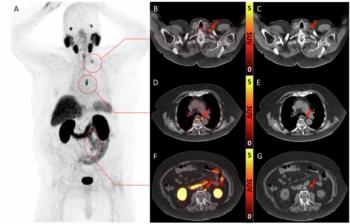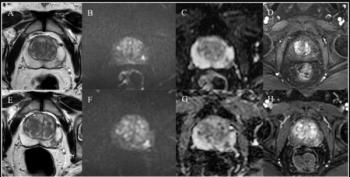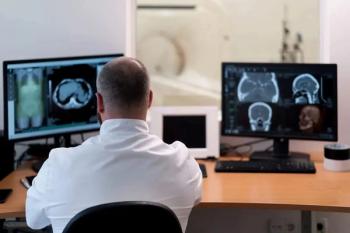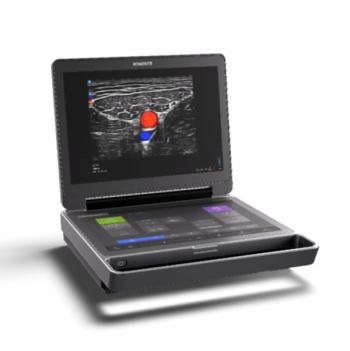
RSNA, HIMSS move forward with IHE project
RSNA, HIMSS move forward with IHE projectRelease of technical document planned for HIMSS meetingThe seamless integration of PACS networks into other healthcare information systems has for some time been a goal of healthcare institutions.
RSNA, HIMSS move forward with IHE project
Release of technical document planned for HIMSS meeting
The seamless integration of PACS networks into other healthcare information systems has for some time been a goal of healthcare institutions. Unfortunately, achievement of this goal has been spotty, as the few sites that have attempted to employ an integrated image and information system can attest.
To help improve the connectivity between these systems, the RSNA and the Healthcare Information and Management Systems Society (HIMSS) in February 1998 launched a project called Integrating the Healthcare Enterprise (IHE) (PNN 4/98). Work did not begin in earnest on the project until October, for several reasons, including the difficult task of getting all the participating vendors to agree on a direction for the initiative, said Dr. Gilbert Jost, chairman of the RSNA's Electronic Communications Committee. Jost also serves as chief of diagnostic radiology at the Mallinckrodt Institute in St. Louis.
Since October, however, the IHE technical and planning committees have been quite productive, Jost said. The first step in the process was to develop a mission statement in time for the RSNA meeting in December.
As expected, the statement describes IHE's objective as fostering the use of existing standards such as DICOM and HL-7, while ensuring that they are used in their respective domains in a coordinated manner. If clarifications or extensions of existing standards appear necessary, they will be submitted to the relevant standards bodies, according to the statement.
Vendors participating in IHE include Agfa, Cerner, Eclipsys, Fuji Medical Systems USA, GE Medical Systems, McKessonHBOC, Hewlett-Packard, IDX Systems, Merge Technologies, Mitra, Philips Medical Systems North America, Picker International, Shared Medical Systems, and Siemens Medical Systems.
The IHE planning committee is in the process of devising the first demonstrations of the project at the 1999 RSNA meeting in November and the annual HIMSS meeting in February 2000. Last November, the planning committee selected a technical committee that has been working to draft the specifications for the demonstrations. This technical document will be released at the annual HIMSS conference in Atlanta on February 21 through 25, as will a calendar of scheduled IHE events for 1999.
As part of the technical document, the societies will invite proposals from third parties to provide documentation and test software for the initial demonstrations.
All vendors are invited to participate in the demonstrations, which will concentrate on maintaining the continuity and integrity of data exchanged between information and imaging systems in the radiology unit, according to the societies.
With the cost of exhibiting at major meetings continuing to grow, it's not surprising that some vendors have expressed reluctance to participate in a project that may result in added expense. Participation could result in some cost for vendors, but the long-term cost-savings could be substantial, Jost said.
"Most companies spend an awful lot of development costs on building interfaces," Jost said. "If we can agree on a single way of communicating between information systems, the cost-benefits for vendors would be enormous in the long-run."
The focus of IHE will initially be on integration issues with radiology images. Down the road, however, the IHE team would like to tackle integration of other nonradiology images and patient information such as laboratory values, he said.
"This vision is to allow information about patients to be freely communicated electronically among the various computer systems of the enterprise," he said. "That means allowing a caregiver to accumulate all the information about a patient, to take advantage of all our information systems, and to become more efficient."
Search again Homepage
Newsletter
Stay at the forefront of radiology with the Diagnostic Imaging newsletter, delivering the latest news, clinical insights, and imaging advancements for today’s radiologists.






























